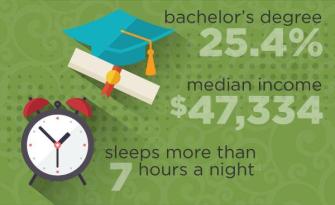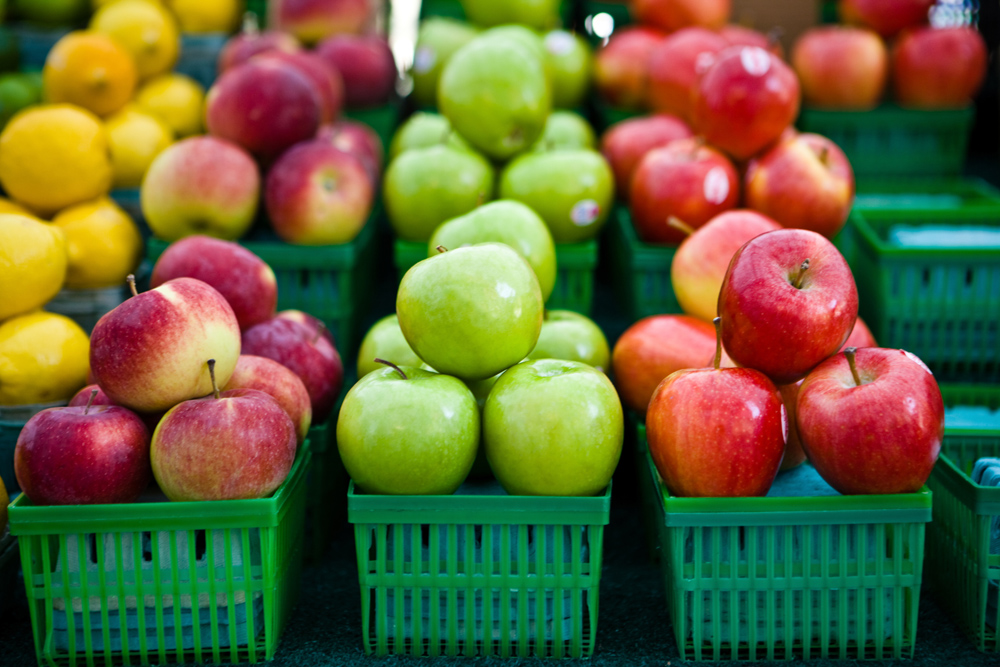Sugar: High Glycemic vs. Low Glycemic
One way to maintain a healthy diet is to consider where the foods you eat fall on the glycemic index.

Maintaining a healthy diet can ensure that your body gets the nutrients it needs to thrive, but with so many fad diets out there, it can be hard to know where to start. One way to eat healthier is to consider where the foods you eat fall on the glycemic index. This guide outlines the glycemic index and where different foods fall on it, as well as what that means for your body.
What is the Glycemic Index?
The glycemic index classifies foods that contain carbohydrates based on how quickly they raise your blood sugar. It’s based on the idea that not all carbs are created equal, and your body reacts to different kinds of carbohydrates differently. If a nutritionist recommended that you eat 85 grams of carbohydrates per day, you probably know that you’d be better off consuming those carbs by eating starchy fruits, vegetables, and whole grains rather than guzzling sodas, but why is that the case? Well, the glycemic index can help provide part of the answer.
What is Blood Sugar?
You’ve probably heard people talk about blood sugar, especially when discussing diabetes. But everyone’s blood contains glucose, and that sugar comes from the different foods you consume. Blood transports glucose throughout the body, providing energy for our cells.
If you have type 1 diabetes, your body doesn’t produce sufficient insulin to bring your blood glucose level down, resulting in high blood sugar levels. But even if your body does produce insulin, high levels of sugar in your blood can still create problems.
Related: Do You Have Diabetes Burnout? Get Answers—and Get Help
Simple vs. Complex Carbohydrates
There are two main kinds of carbohydrates: simple and complex. Simple carbohydrates break down in the body faster than complex carbohydrates, resulting in a quick spike in your blood sugar, which causes a big spike in insulin, followed by a crash later.
When you eat a higher-carb meal, you might feel like you have a burst of energy. Athletes may eat more carbs before participating in a major competition. But when the carbohydrates are simple, such as those found in sweet desserts or regular soda, you can also experience a rapid decline in your blood sugar. This spike-and-drop pattern on a regular basis may play a part in developing insulin resistance, which is the cause of type 2 diabetes.
Complex carbohydrates, such as those found in vegetables and whole grains, take longer to break down in the body. When assessing whether a food contains simple or complex carbohydrates, researchers look at two aspects. The first is the complexity of the chain of sugar molecules that makes it, and the second is how the food affects the blood sugar level in a healthy person who eats it.
Hyperglycemia vs. Hypoglycemia
Diabetes isn’t the only medical condition that relates to the level of glucose in the blood. Two other conditions, hyperglycemia and hypoglycemia, refer to blood sugar levels. Hyperglycemia occurs when too much glucose is present in the blood, while hypoglycemia occurs if the blood sugar levels are too low. If you experience hyperglycemia, symptoms include extreme thirst, frequent urination, nausea, and dry mouth. Hypoglycemia symptoms may present as hunger, sweating, confusion, shaking, and fatigue.
These medical conditions are more common in those with diabetes, but you can experience either without diabetes. Certain medications might cause your blood sugar to drop or play a role in how much insulin the body produces. Some people who eat a lot of simple carbs experience low blood sugar levels as well.
Using the Glycemic Index to Determine Your Diet
Not every food item has been researched and studied, so you don’t always know where a particular food falls on the glycemic index. But as you look at the foods that have been studied, you can assess where other foods might fall as well. Choosing foods with a lower glycemic index results in a slower digestion and absorption process, so you will likely feel full longer. By contrast, eating foods that rank higher on the glycemic index can provide you with a quick burst of energy as your blood sugar goes up, but you might feel tired and hungry soon after eating.
The best way to fuel your body is to give it a mix of nutrients, including fruits, vegetables, proteins, dairy products, and whole grains. If you have any health conditions, such as those outlined above that affect your blood sugar, you may need to modify your diet based on recommendations from your healthcare provider.
For more information on the glycemic index values of common foods, check out this list put out by Harvard University.
Related: 9 Superfoods for Healthier Digestion






